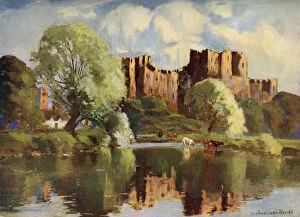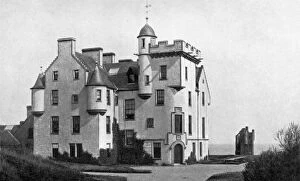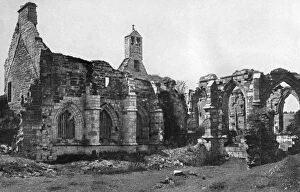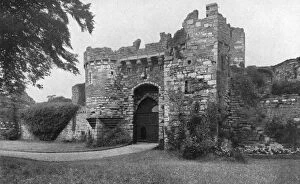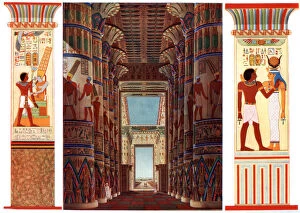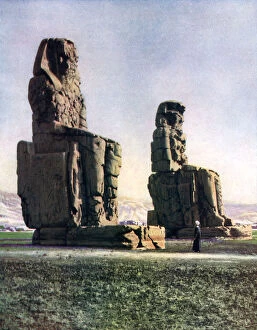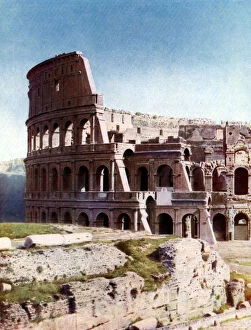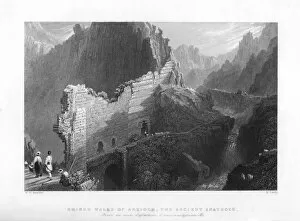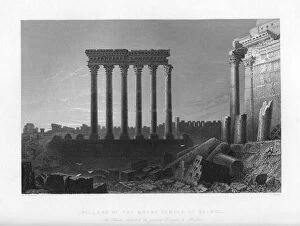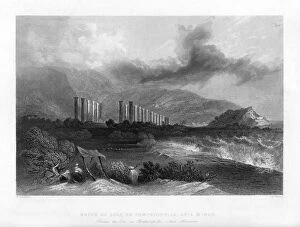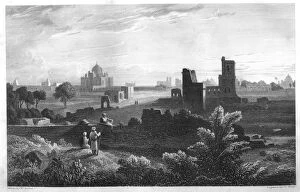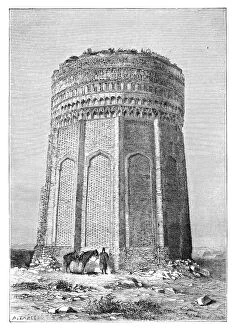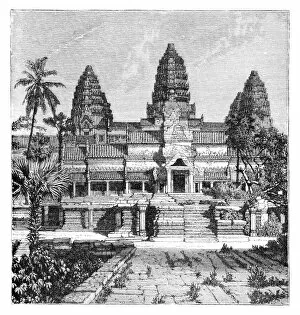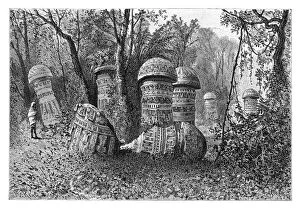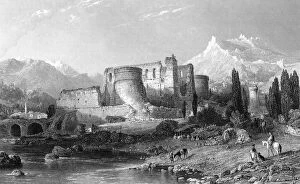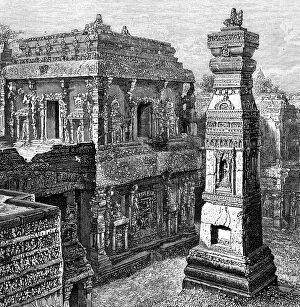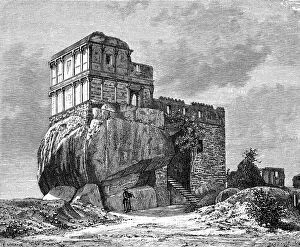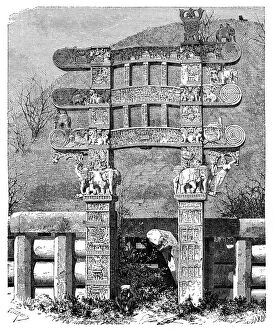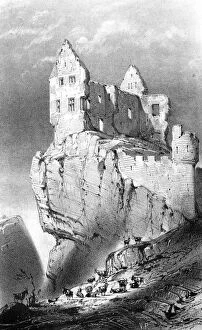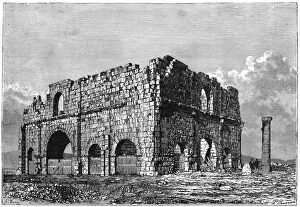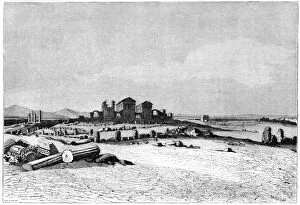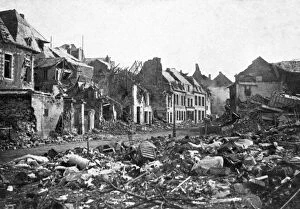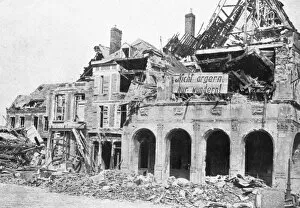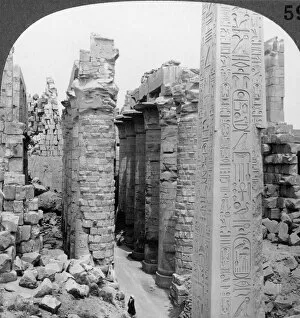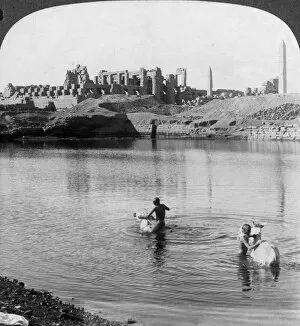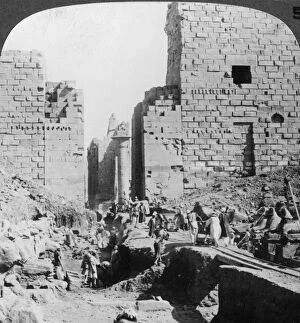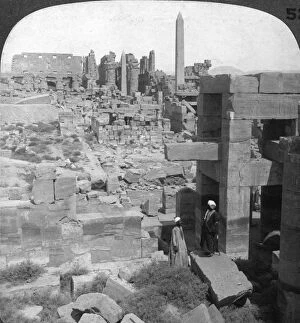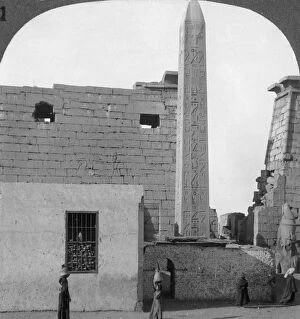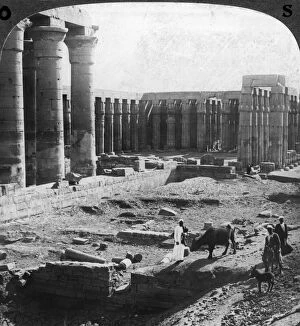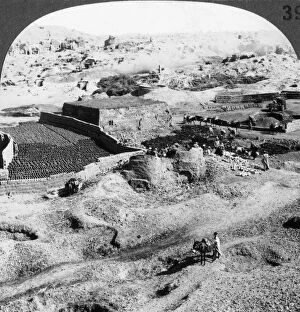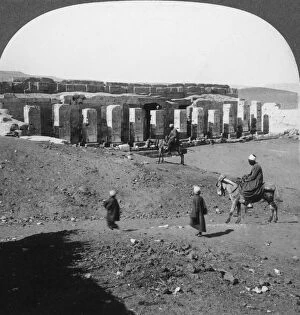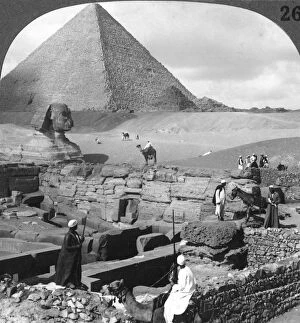Ruined Collection (#96)
"Time's Unforgiving Touch: A Journey through Ruins" The Beach at Ballybunion, County Kerry, Ireland: Nature's relentless waves have eroded the once vibrant shoreline
For sale as Licensed Images
Choose your image, Select your licence and Download the media
"Time's Unforgiving Touch: A Journey through Ruins" The Beach at Ballybunion, County Kerry, Ireland: Nature's relentless waves have eroded the once vibrant shoreline, leaving behind a hauntingly beautiful scene tranquility. Dunnottar Castle outside of Stonehaven, Aberdeenshire, Scotland: Standing proudly atop rugged cliffs, this ancient castle bears witness to centuries of battles and storms that have left it in magnificent ruin. Bomb damage in Brampton Road, Bexleyheath, WW2: A stark reminder of the devastating impact war can have on communities; these ruins stand as a testament to resilience and rebuilding. Pennard Castle overlooking Three Cliffs Bay, Gower, Wales: Perched majestically on a hillside with breathtaking views over the bay below lies the crumbling remains of Pennard Castle – a silent witness to bygone times. Polish anti-war poster -- Nie: A powerful message captured in art form; this poster serves as a poignant reminder that even amidst destruction and chaos, resistance against war endures. The Bathing Pool by Hubert Robert: In this painting from centuries past lies an enchanting depiction of an abandoned bathing pool - its grandeur now lost but its allure forever preserved on canvas. Castillo Xunantunich Mayan Ruins near San Ignacio Belize: Step back in time among these awe-inspiring Mayan ruins where nature has intertwined itself with human history creating an ethereal landscape frozen in time. Bomb damage in Kilgour Road SE London WW2: The scars etched into these buildings bear witness to the horrors endured during World War II - reminders that strength can be found even amidst devastation. Embleton Bay Beach and Dunstanburgh Castle Northumberland England: As waves crash upon the shore beneath towering ruins of Dunstanburgh Castle, a sense of mystery and wonder fills the air.



